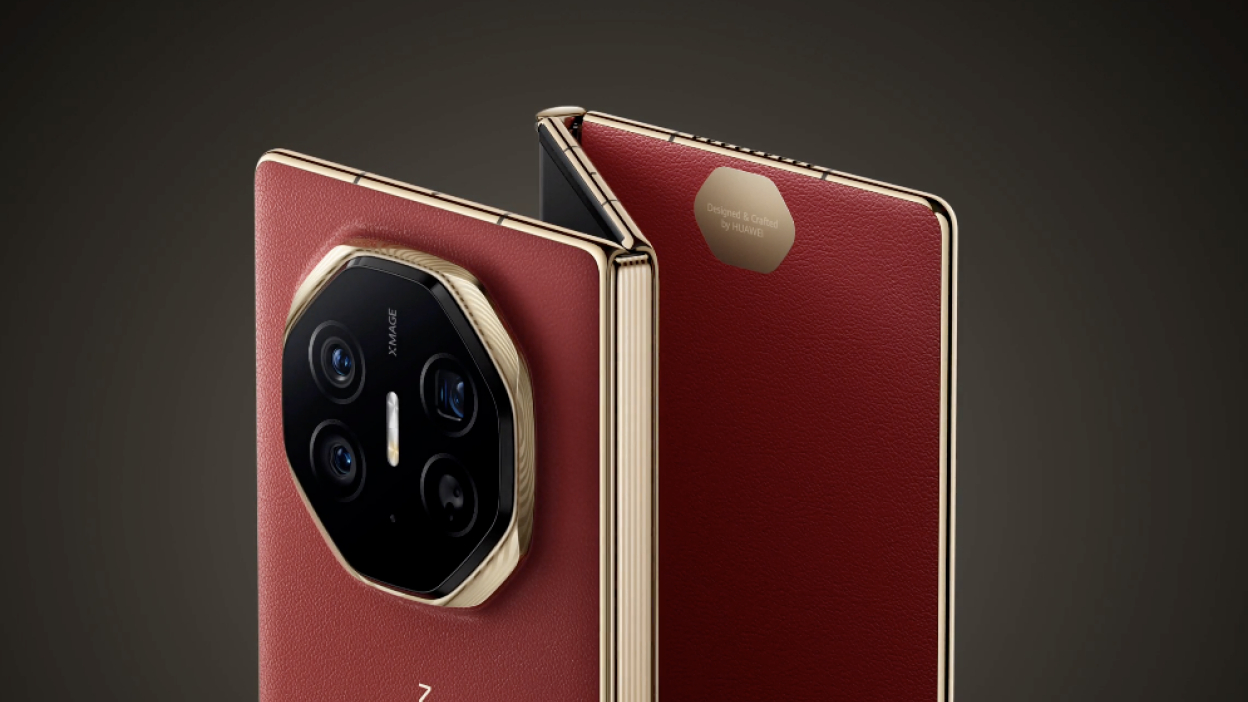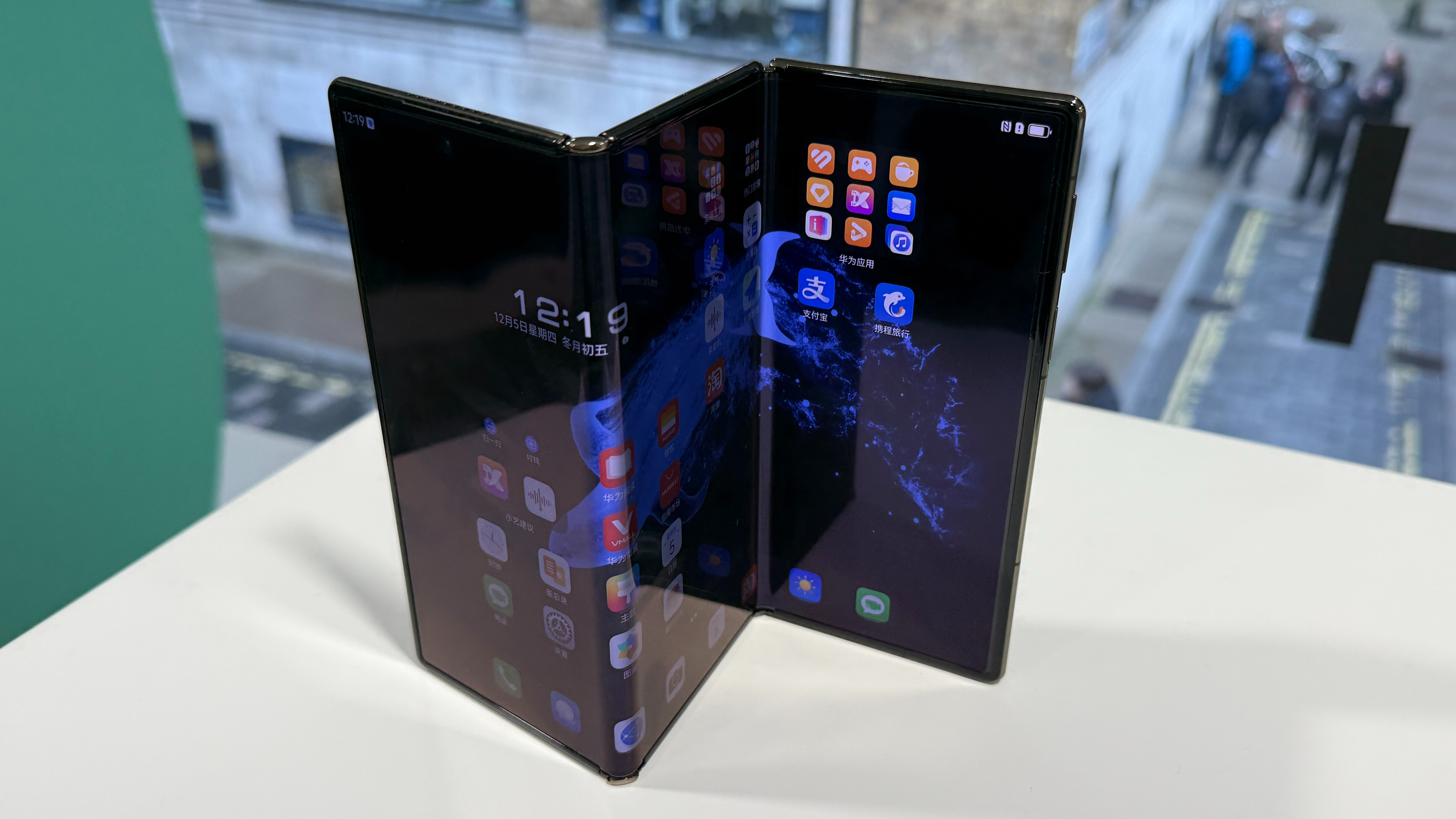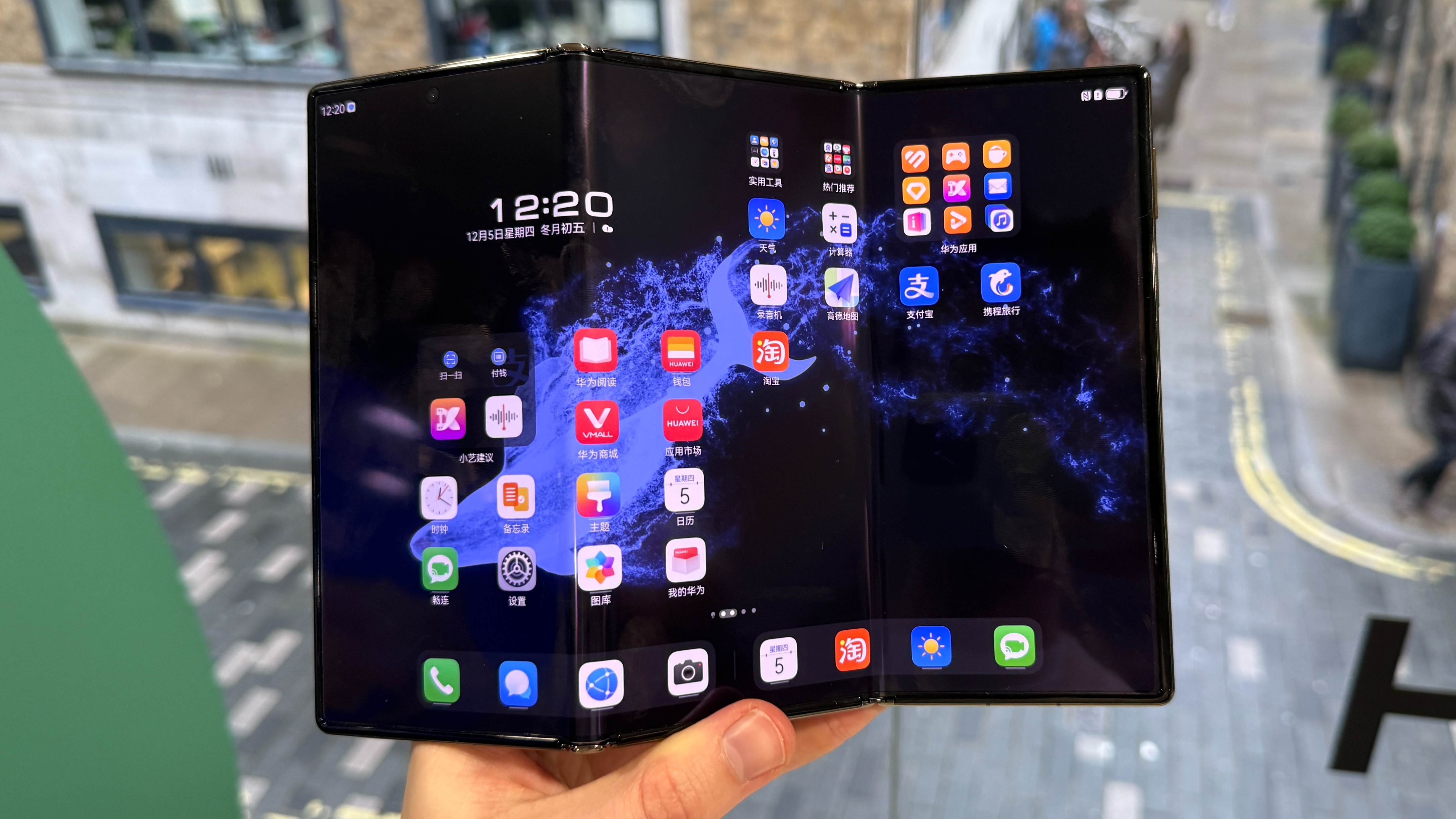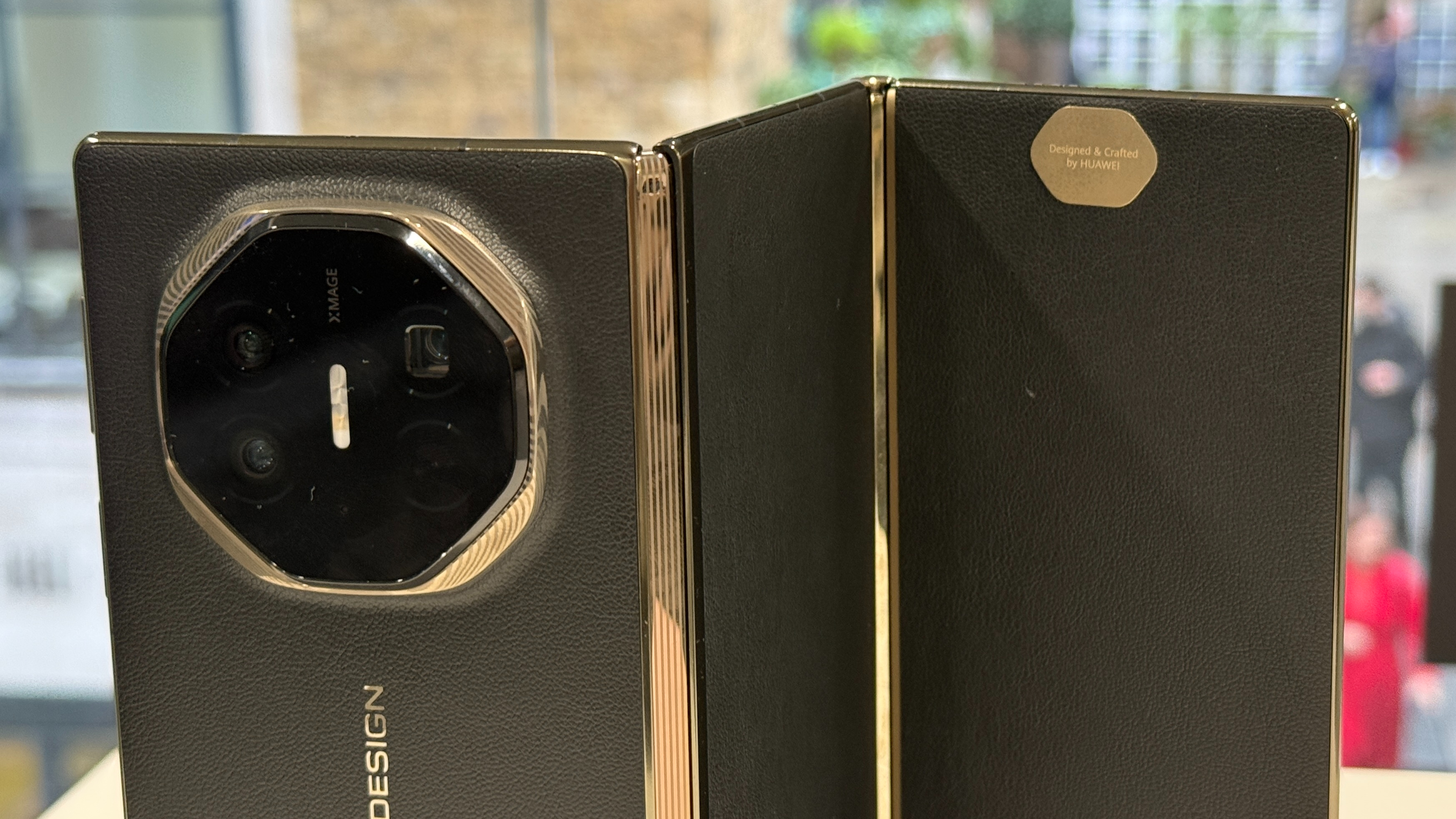Tri-folds aren't experiments or fads, they're the future foldable devices need
Tri-fold phones could be the answer to falling foldable sales

When I first heard of the Huawei Mate XT back in September 2024, I wasn’t quite sure what to make of it. I’d believed that larger folding displays were the key to truly gamechanging foldable devices for some time, spurred on by my fervent appreciation of the OnePlus Open, but seeing one come to reality took a moment to sink in.
Looking back, I suppose I had a case of what you could call the first-generation jitters – cast your mind back to 2019 and the original Samsung Galaxy Fold, an unreliable and fragile device that created as much doubt as it did excitement. It didn’t exactly help that the Mate XT was to be, and still is, a China exclusive, so there’d be little chance of testing it myself.
Luckily, folding display technology has come a long way in the last five or so years – so much so that the Mate XT landed as a technical marvel rather than a prototype. TechRadar’s Phones Editor Axel Metz was recently lucky enough to go hands-on with the Mate XT, finding the phone to be “a supremely exciting device” – and despite only seeing the phone for myself through the power of the internet, I’m inclined to agree with my colleague on this one.
Seemingly as soon as the dust has settled around the Mate XT, the rumor mill has produced word of a successor – tentatively titled the Huawei Mate XTs. We know little about this follow-up other than the suggestion that it’s being worked on, but what this does tell us is that the tri-fold Mate XT was not a one off. If a successor makes it to production, tri-fold phones will have escaped the event horizon of the “experimental” category, and with that Huawei can continue to exert pressure – albeit from afar – on other phone makers like Samsung and Google.

The Huawei Mate XT (pictured) is the only tri-fold phone in any market, but it could soon be joined by a successor or rival.

The current folding phone market features two form factors that all folding phone makers appropriate for their own devices, with very few exceptions. The cheaper of the two is the flip phone, a modernized revival of classic Y2K-style flip phones that typically aim to be more stylish than functional. The second are booklet style foldables like the Samsung Galaxy Z Fold 6 or the Google Pixel 9 Pro, which are much more focused on productivity.
Now, I’m a self-professed fan of folding phones, but as much as I loved using the powerful and elegant OnePlus Open, it led me to realised that a folding phone can rarely do something a slab phone can’t. I loved using the 7.82-inch inner display of the Open to watch movies, scroll through articles, and play games, but I wouldn’t find myself writing articles, editing videos, or playing anything deeper than Tetris on the large inner screen. It just wasn’t large enough to be practical.
Furthermore, half of the things we do every day with a phone are so quick that it hardly makes unfolding the phone worth it to begin with. By the end of my time with the Open, I was using it folded more often than not.
Get daily insight, inspiration and deals in your inbox
Sign up for breaking news, reviews, opinion, top tech deals, and more.
Go bold with the folds

Perhaps it’s this middle-of-the-road mentality that is beginning to cost folding phones sales. As we previously reported, the end of 2024 saw a downturn in the number of folding display orders across the industry, which signals less production of folding devices. Maybe tri-fold devices are the shot in the arm this niche part of the phone industry needs.
Luckily, the latest updates suggest that Huawei isn’t alone in its belief in the tri-fold form factor. At CES 2025, Samsung Display demonstrated two new tri-fold phone displays, and while these remain proofs of concept at the time of writing, it’s very encouraging to see physical evidence of Samsung’s long-rumored explorations into tri-fold territory.
And according to a rumor stemming from Korean news outlet Sisa Journal-E (via GSMArena), Samsung is set to produce a unique tri-fold device that does not expose the inner screen when folded in the second half of 2025 – albeit in a very small run of 300,000 units.
Personally, I think tri-fold phones have the potential to make good on the productivity promise of folding phones. A 10- or 11-inch screen, especially mounted vertically, is an ideal size for writing documents and has enough space for two, maybe three, multitasking windows. It'll still be outclassed in screen real estate and performance power by laptops, particularly laptops of the same exorbitant price that the Mate XT sells for.
Whether or not the displays seen at CES morph into usable devices will be for Samsung to decide, but with these latest rumors and demos I’m hopeful that we’ll see more tri-fold devices popping up as the coming years unfold (I’ll see myself out).
You might also like

Jamie is a Mobile Computing Staff Writer for TechRadar, responsible for covering phones and tablets. He’s been tech-obsessed from a young age and has written for various news and culture publications. Jamie graduated from Goldsmiths, University of London in 2024 with a bachelor’s degree in Journalism. Since starting out as a music blogger in 2020, he’s worked on local news stories, finance trade magazines, and multimedia political features. He brings a love for digital journalism and consumer technology to TechRadar. Outside of the TechRadar office, Jamie can be found binge-watching tech reviews, DJing in local venues around London, or challenging friends to a game of Super Smash Bros. Ultimate.